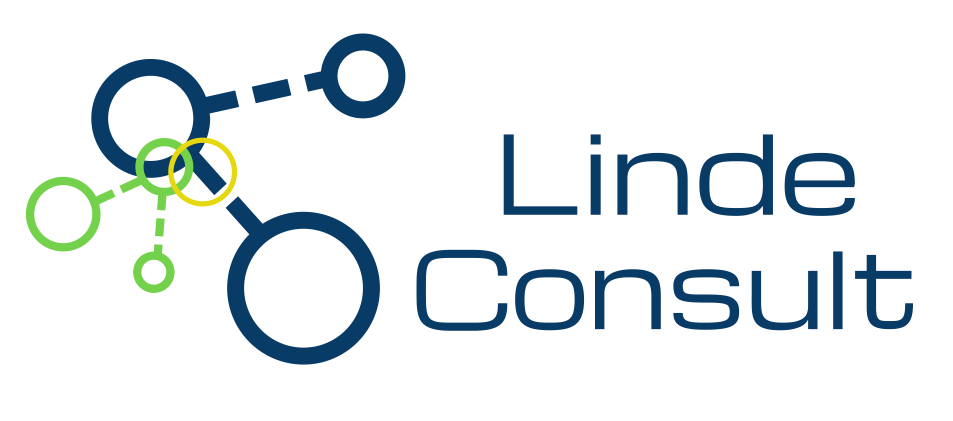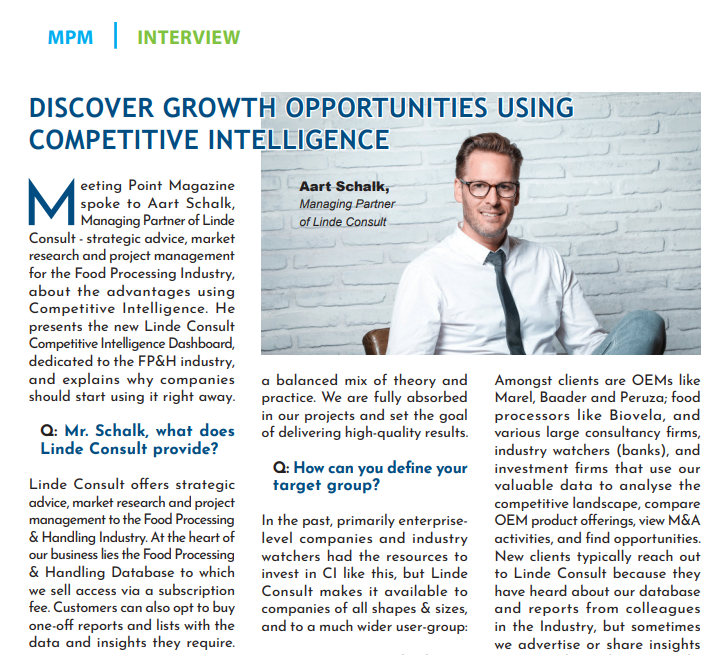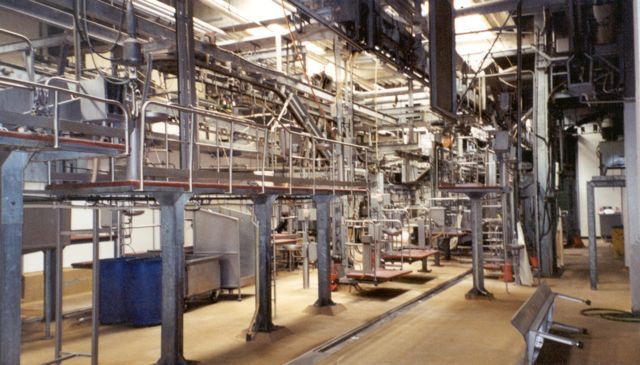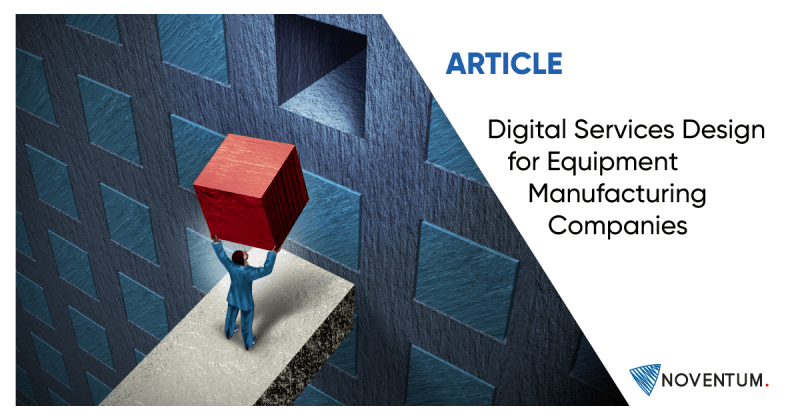(Remote) Service in times of Covid-19
aart.schalk • 31 maart 2020
(Remote) Service in times of Covid-19
Service providers are going through a difficult period now that the SARS-2 Corona Virus spreads the earth, wreaking devastating havoc. Never before was remote Service so important. Remote service providers around the world are bracing for a tremendous increase in demand: Customers will use the internet to order goods & services as much as they can, staying away from physical human interaction. How does this affect the manufacturing industry? How can you (the manufacturer) make the best of the situation? A few thoughts.
Impact on Service in the manufacturing industry
Despite lots of automation, the Service departments in the make industry are run by people, our most valuable resource. Think about Service Planners, Technical Support Engineers and Field Service Engineers who maintain & repair equipment out in the field and assist users with their issues via telephone, e-mail, chat, and VR equipment.
Currently, all those people are very limited in their freedom to act due to the world-wide effort to control the virus. They are infected, have sick relatives they need to care for, or are not allowed to travel (in some countries not even out of their homes). The domino effect has turned the stock market into the red sea, which in turn affects the ability of companies to finance themselves and continue with various initiatives and will have more social and economical impact than any other event in the past 50 years.
Next on, we may expect rigorous changes where manufacturing companies swiftly adjust to the new reality and shift field work to remote service. Governments will want to ensure that crucial machinery (e.g. in the medical sector, food industry, and power-supply, utilities) continues to run properly and new regulations and legislation may be expected. If you are in manufacturing, now is the time to act!
How can you deal with the situation?
First task on your to-do list (besides ensuring the safety of your workforce obviously) is to find out where you stand with your organization. How mature is your Customer Support Center and your E-commerce process / system? How quickly can you fit your Installed Base (equipment out in the field) to be ready for full remote service and automated parts ordering? Can you quickly enable field service engineers to handle remote service jobs? What are the costs and benefits? Also, re-evaluate where your competitors stand because the ones that are a little ahead in the game might just be the ones to survive and become market leaders. Secondly, define a short-term and long-term plan. On the short term (next 1 - 3 weeks) focus on your people and their health so they can keep the business running. On the longer term (next 2 -12 months) you should plan to totally transform to a fully automated remote service organisation.
How can you scale up your Remote Service?
To scale up remote service at the expense of onsite service, your equipment, organizational set-up (infrastructure) and technological processes need to be ready for it. Pick the low-hanging fruits first. Let's be honest - we cannot transform the complete global service organization overnight. But we can define the steps, prioritize them, and start improving. An easy first step could be to extend your internet connections and expand authorizations and licenses so people can work from home. Perhaps your customers want to help you to install those remote connection devices if you sent them. Doing the right things, in the right order, at reasonable speed is the essence here.
As a concluding remark: There is always opportunity in chaos. It is up to you to keep calm and make the best of the situation. If you need any help defining your key strategy, feel free to reach out!
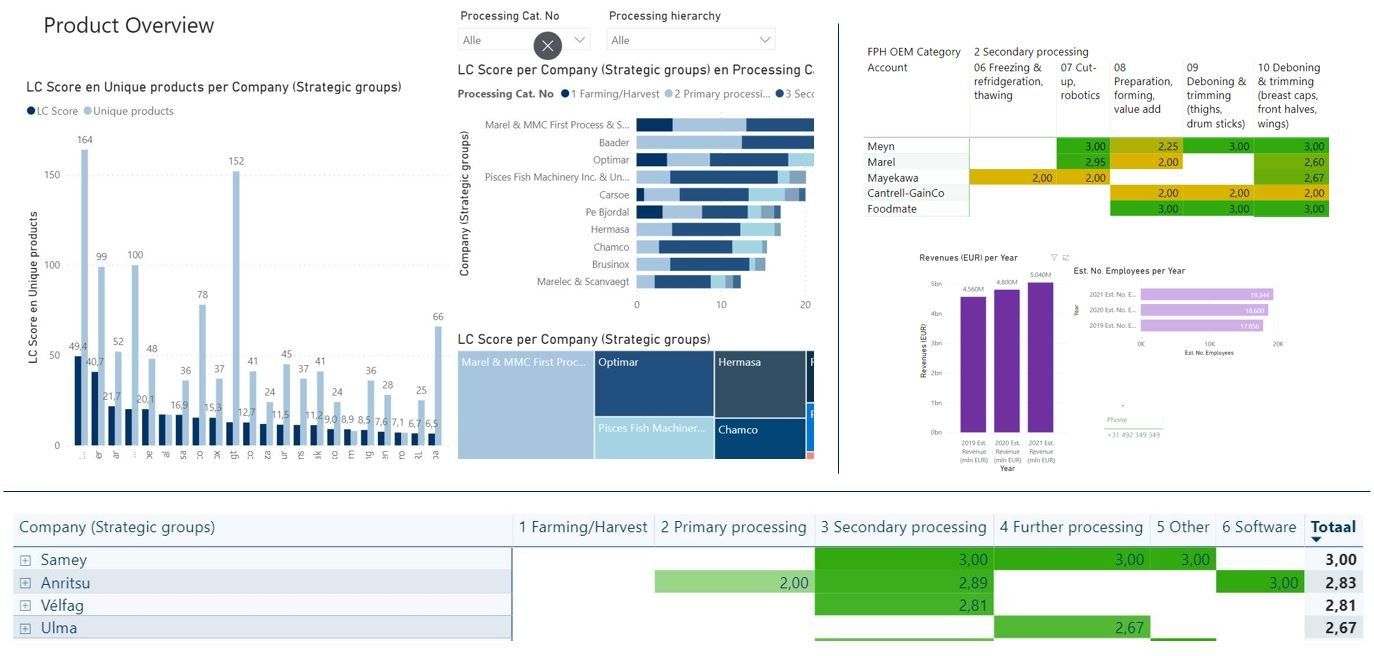
Competitive Intelligence (CI) is the practice of monitoring, gathering, and analysing data on your competitors and industry to make better business decisions. It can help brands identify gaps in their strategies and discover growth opportunities. This article presents the new Linde Consult Competitive Intelligence Dashboard, dedicated to the FP&H industry, and explains why you should start using it right away.
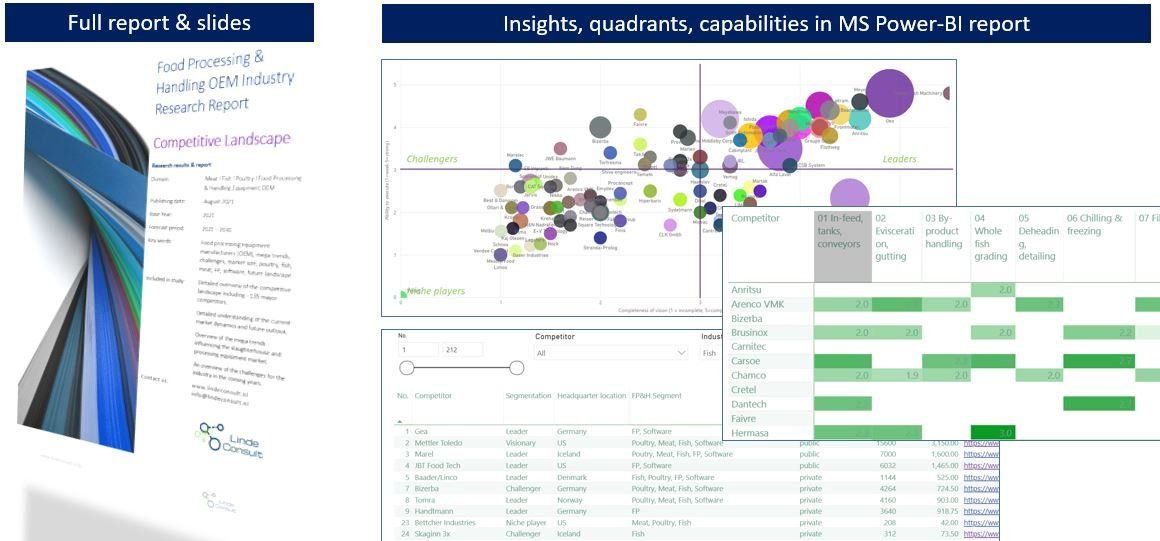
Now available: The 2021 FP&H Food Processing & Handling OEM Research Report and Competitive Landscape. The 2021 report includes even more value than last year’s report. We added more insights about market size and market dynamics, and we received a significantly larger number of responses to the survey that was extended with several relevant questions about trends, challenges and future outlook for the Industry. Key questions answered: Who are the ~130 key manufacturers of slaughterhouse & food processing equipment? What is their size (no. of employees, turnover)? What is their position in the Competitive Quadrant (leader, challenger, visionary, niche player)? How strong is their equipment offering in the various segments of the value chain? Filter on Primary, Secondary, Further processing / Value-add, Software, End-of-line equipment. What is their relative competitive strength, categorised per industry segment, (sub)process? What will the food processing equipment manufacturing market look like by 2030? What are the key market trends in industries Poultry, Meat, and Seafood? What is driving these markets? What are the challenges to market growth? What's included in my purchase? Access to full written report Full PPT slide deck Full PDF report Power BI report with tables, graphs, lists and various filters. Access to updates of the report within the year. Need a customization to the report? An analysis of a certain OEM or market segment? Or perhaps you are looking for a Prospect List of FP&H equipment buyers ? Contact us to discuss the possibilities! Click here to read more and order your copy of the report now.

Early 2020, Linde Consult started an extensive research project with the objective to create a full insight in the competitive landscape of the 100 most prominent manufacturers of food processing & slaughterhouse equipment in the industries of Fish, Meat and Poultry ( see here ). Research results Besides describing, analysing and presenting conventional market data such as company size, turnover, number of employees, product portfolio and head quarter location we mapped the relative competitive power of the big-100 (using strength of vision, and ability to execute as coordinates) and presented current trends and challenges that influence how manufacturers develop their business. The research results are in fact the recipe for growth in the food processing equipment manufacturing industry. How trends influence growth One of the main findings of the research are that currently, technological and economical mega-trends affect the Food Processing Equipment Manufacturing Industry most. Political, Sociological and Environmental trends also play a role but have less impact on growth so we focus on technologic and economic trends in this how-to-guide. Factually, trends have the power to influence a whole industry, forcing the complete set of competitors into a certain direction with regards to product & business development. Not surprisingly, the technological trend has a big impact on the equipment manufacturers thanks to new Industry 4.0 functionality becoming readily available, and thanks to customers now demanding more digitalisation and automation in products, services, and solutions that are a combination of both products and services. This drives the development of connected ‘smart’ equipment. I n parallel, the economical trend drives manufacturers to develop new business models with focus on outcome-based services that have become available and deliverable with the new technologies they developed as a result of the technological trend. Combining the two strongest trends (blending new technology-driven services with a new service-delivery business model) is currently the juiciest recipe for growth in the Food Processing Equipment Industry. How can your manufacturing business drive growth? What can you do right now to capitalize on these new insights? How can you drive growth? To follow the technological trend, think about starting initiatives around integration of smart sensors in critical parts and equipment; connecting client-site equipment to the internet; and collecting, analysing and enhancing big data from Installed Base to name a few. To follow the economical trend, think about how to adapt or develop your business model so customers pay for a service contract including SLAs (service level agreements on uptime, performance, and outcomes); explore leasing of equipment instead of selling it; and investigate how you could provide valuable data & knowledge to your customer with dashboards showing enhanced data on uptime & performance; applying data mining and algorithms to find and predict patterns on e.g. wear & tear of critical parts; and development of new remote service capabilities and pricing strategies. Of course, changing your organization is never easy and you should prepare for a lot of strategy work and fulfilling prerequisites. Don’t let it stop you! Start to identify your low hanging fruits and go from there.

In the Manufacturing Industry, Service is King; in fact, Service is the backbone of the manufacturing organization, adding value to the bottom line through high margins on spare parts, service products and contracts. If it isn't, something is wrong and you need to fix it. Let´s start with explaining why Service should be the backbone of your manufacturing business. Customer Relationship First reason is customer relationship: While your Sales Organization initiates the business relationship with a customer only once (closing the deal might take 12-16 months), your Service Organization will continue to grow and foster that relationship after the deal was sealed, for many years to come. If your customer spent 1 million EUR to buy your equipment initially, it is likely that over the next 10-15 years (depending on equipment lifetime) this customer will spend at least 1 million EUR more on maintenance, spare parts, consultancy/training, and break/fix services to keep it running optimally. The cost of sales of selling the Service Products is much lower than the cost of selling equipment initially. In particular if the customer has bought a Service Agreement where they pay a fixed amount for parts and services. Margin Second reason is margin: The average margin on sales of OEM spare parts, according to bench-mark data from McKinsey, is around 25%, while the margin on the initial sale of equipment is much lower (around 10%). So for every euro invoiced by Service, around 50 euro cent adds to the profit. There is a caveat here - this only works if your customers don't buy pirate parts online, or at the hardware store on the corner. It is recommended to offer parts in optimized (modularized) packages, preferably also via a Service Agreement so you can plan ahead in time on manufacturing & delivery. Economic Cycle Third reason is economic cycle: In times of economic upswing, investments in new equipment are high because borrowing money is relatively easy and cheap.This is very good for Service organizations in the manufacturing industry, as they typically source installations of new equipment in factories. In times of economic recession, businesses hold back on major investments, such as buying new equipment. They rather spend money on repairs and maintenance (Service hours and Spare Parts) to get the best performance out of their initial investment. This is also good for the Service organization for the obvious reasons. Conclusion Concluding, whatever the economic situation, there is a steady demand for Service and Spare Parts. If your Service Organization has the correct set-up of processes, people, and systems it will be the backbone of your business, adding considerable profits to the bottom line. If not, there are several actions you can take to fine-tune the above mentioned variables.
